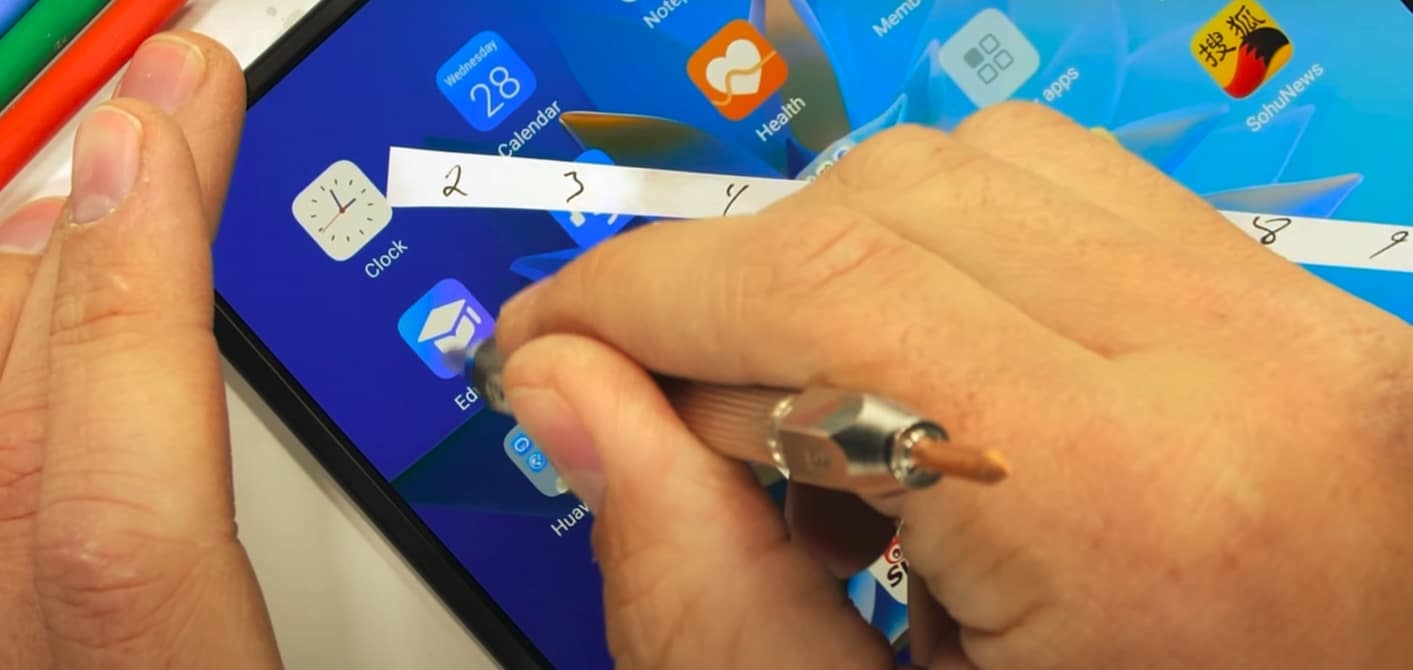
When Huawei unveiled the P20 Pro last month, it surprised almost everyone with its triple camera setup at the rear. The triple camera setup includes a whopping 40MP 1/17-inch primary sensor paired with an 8MP telephoto and a monochrome sensor.
So, how does the 40MP sensor compare to a dedicated SLR from Canon? The folks over at Petapixel compared the P20 Pro against the Canon 5DS R — $3,700 full-frame DSLR with a 50.6MP sensor.
The P20 Pro obviously loses out to the Canon 5DS R and its Quad Bayer Filter does show its limitations, but the difference between the two is extremely small. What’s surprising is how well the P20 Pro does in low-light. The Canon 5DS R struggled to focus in extreme low-light and it took more than 13 tries to get one usable shot, while the P20 Pro did far better with its low-light mode enabled.
- Taken from Canon 5DS R
- Taken on Huawei P20 Pro with low-light mode enabled
When you factor in the other benefits of shooting with a smartphone — its the camera that you always carry with you, it is extremely lightweight, and it makes clicking photos very easy — it is a no-brainer that the P20 Pro is an overall superior device for clicking photos. And let’s not forget that you can buy four P20 Pros for the price of one Canon 5DS R.
If you are a professional photographer, you are unlikely to give up your DSLR for the P20 Pro for your professional assignments. But with the P20 Pro in your pocket, you can rest assured that even if your camera runs out of battery, your smartphone’s camera will be able to step up and capture the moment.
If you are interested in the detailed comparison, make sure to head to the source link below. It definitely makes for a fascinating read.
[Via PetaPixel]



















